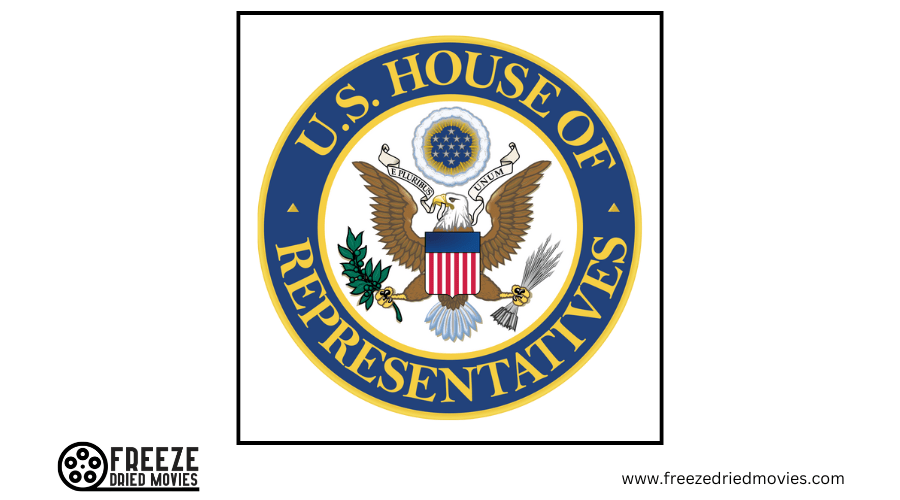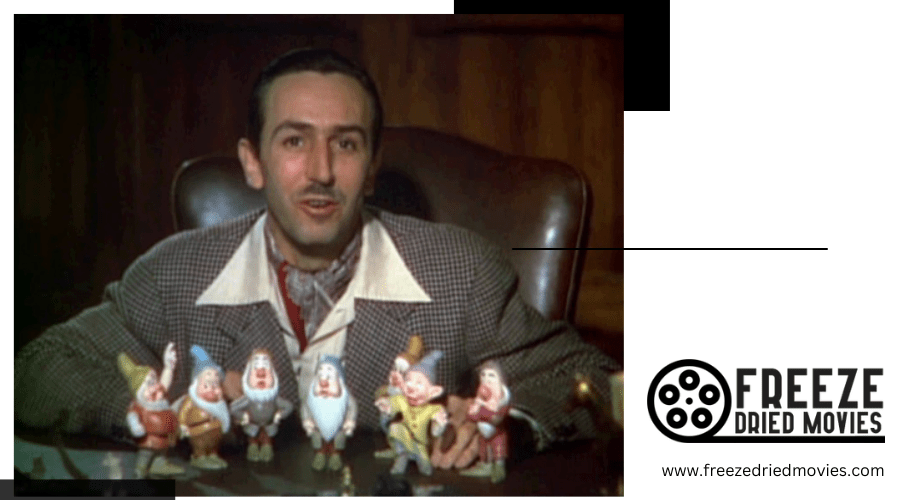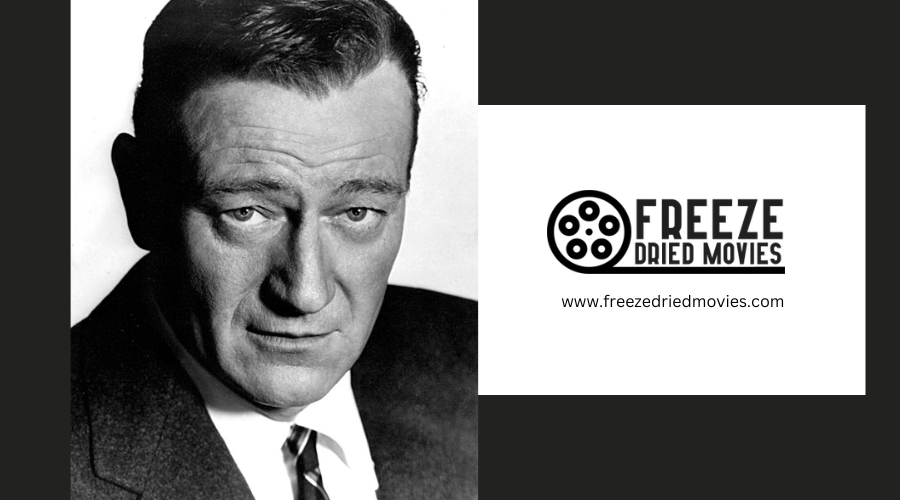Who Were the Leading Western Movie Stars of the 1950s?
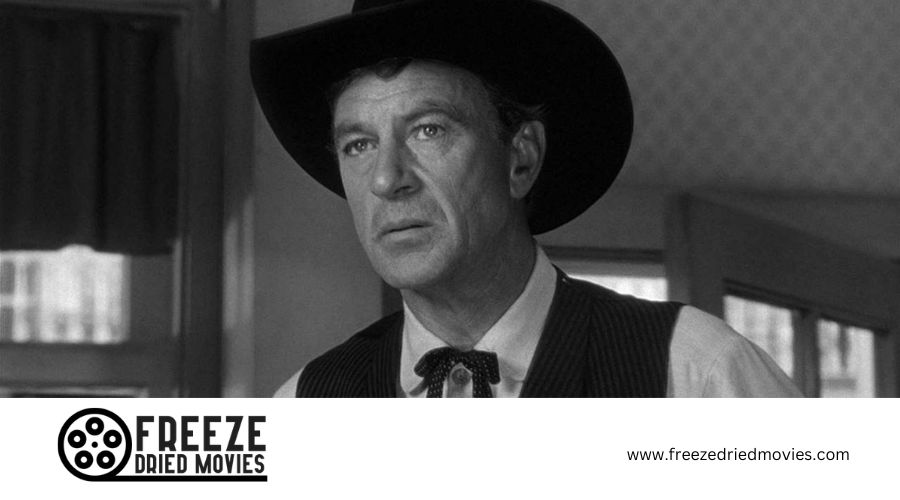
In the 1950s, John Wayne stood out as a quintessential Western hero, particularly in 'The Searchers,' where he personified the rugged cowboy archetype. Gary Cooper delivered a defining performance in 'High Noon,' portraying the principled Sheriff Will Kane. James Stewart added complexity to the Western genre, notably in 'The Man Who Shot Liberty Valance.'
Audie Murphy transitioned from a decorated war hero to a Western movie star, making a significant impact with 'The Kid from Texas.' Randolph Scott became known for his stoic portrayals in a series of cowboy films. These actors collectively shaped the iconic Western film landscape of the era, leaving a lasting legacy on the genre.
John Wayne's Dominant Era

John Wayne's influential role during the 1950s solidified his status as an iconic figure in Western cinema. Known for embodying the rugged cowboy archetype, his performances profoundly shaped the portrayal of cowboy movie stars for future generations. His work, especially in 'The Searchers,' highlighted the complex and gritty nature of Ethan Edwards, a character that mirrored the tough realities of the frontier.
Wayne's collaborations with director John Ford were significant, enhancing his reputation and contributing to the creation of cinematic classics. It was, however, his role in 'The Man Who Shot Liberty Valance' in 1962 where Wayne epitomized the Western hero. As Tom Doniphon, John Waye represented not just a fighter of outlaws but also a symbol of justice and American values.
John Wayne's portrayal of these characters wasn't just acting; it was a definitive portrayal that set the standards for the cowboy genre in American cinema. His influence in the 1950s was pivotal, cementing his legacy as a legendary figure in film history. Discussing this era in cinema necessitates acknowledging his substantial impact.
Gary Cooper's Enduring Appeal

While John Wayne epitomized the archetypal Western hero, Gary Cooper infused the genre with a unique and lasting charm through his roles in films like 'High Noon'. In his performance in 'Vera Cruz,' Cooper similarly displayed a charisma that significantly shaped the Westerns of the 1950s. His role as Sheriff Will Kane in 'High Noon' is particularly notable, defining not only his career but also leaving a lasting impact on Western cinema. His portrayal, characterized by quiet strength and moral integrity, captivated audiences, especially during the climactic showdown.
Although Gary Cooper's Academy Awards were for roles in other genres, these honors highlight his versatility and extraordinary skill, attributes that were evident in his Western performances. His authentic portrayal and inherent charm established him as a celebrated leading man of his time. Reflecting on his impressive career, it's evident why Gary Cooper remains a seminal figure in the Western genre and 1950s cinema.
James Stewart's Western Transformation
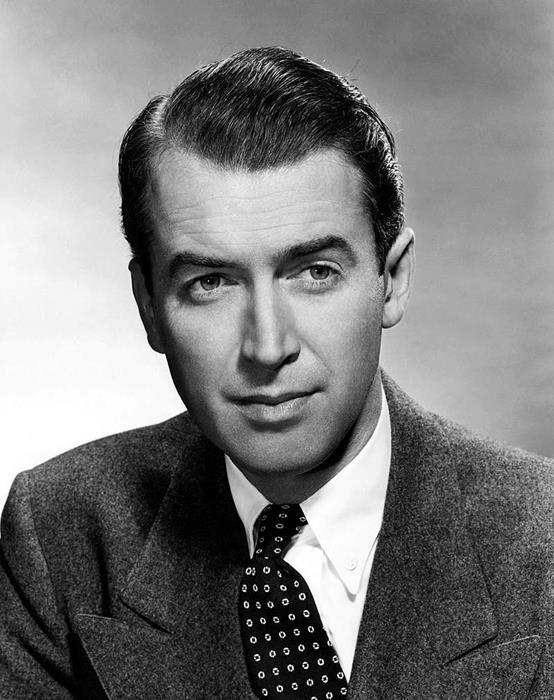
James Stewart, widely recognized for his relatable roles in dramas and thrillers, notably transformed his career by embracing the Western genre in the 1950s. His performances in iconic films like 'Winchester 73' and 'The Man Who Shot Liberty Valance' showcased not merely typical Western action but a deeper portrayal of complex characters facing moral challenges. This approach mirrored the depth of historical figures like Wild Bill.
His collaboration with director Anthony Mann was pivotal, enabling a departure from the conventional black-and-white depiction of morality seen in earlier Westerns. Unlike the stereotypical sidekick roles, such as those played by Gabby Hayes, Stewart's characters were central to the narrative, often embroiled in personal and ethical conflicts that added layers of realism and relatability.
This strategic shift in roles not only diversified Stewart's acting repertoire but also significantly redefined the archetype of a Western hero, blending ruggedness with emotional depth. His acclaimed performance in 'The Man Who Shot Liberty Valance,' where he displayed both strength and vulnerability, exemplifies this new paradigm. Through such roles, Stewart significantly influenced the evolution of the Western genre, highlighting its potential for character complexity and moral exploration.
Audie Murphy's Rise to Fame

Audie Murphy's transition from a highly decorated World War II soldier to a beloved Western film icon fascinated audiences during the 1950s. Known as the most decorated U.S. soldier of the war, he lent an authentic gravitas to the Western genre, earning widespread admiration. His on-screen presence, shaped by genuine heroism, not only established him as a staple in Western films but also as a representation of American courage and resolve.
Here's a concise overview of how Audie Murphy became a central figure in Western cinema:
- The Kid from Texas: In this film, Murphy effectively captured the raw, untamed essence of the frontier, bolstering his image as a quintessential Western actor.
- Cast a Long Shadow: His performance in this movie confirmed his ability to handle complex stories and showcased his acting range.
- To Hell and Back: Uniquely, Murphy portrayed himself in this autobiographical film, sharing his wartime experiences directly with the audience, which increased his authenticity and relatability.
- Transition from War Hero to Star: His smooth transition from military heroics to film stardom attracted viewers who appreciated seeing a real-life hero enact acts of bravery on screen.
Through these roles, Murphy skillfully connected his valorous past with his cinematic endeavors, leaving a lasting impact on Western film.
Randolph Scott's Prolific Career

Randolph Scott emerged as a seminal figure in Western films, starring in over 60 movies that shaped the cowboy genre during the 1950s. His performances, characterized by a strong, stoic demeanor, epitomized the ideal cowboy and captivated audiences. Notably, in films such as 'Ride the High Country' and 'Ride Lonesome,' Scott's roles not only entertained but also profoundly influenced the Western genre.
Through his collaboration with director Budd Boetticher, Scott delivered some of the most memorable and impactful performances of his career. The film 'Seven Men from Now' is particularly notable, as it highlights Scott's ability to portray complex emotional depths beneath his rugged exterior. These collaborations were marked by gritty realism and nuanced characters, enhancing the traditional Western narrative and offering audiences a new perspective on themes of frontier justice and ethical conflicts.
The quality and depth of Scott's work during this period established him as a key figure in cowboy cinema. Each role he played contributed significantly to the development of the Western genre, affirming his status as one of the top stars of the 1950s. Reflecting on his prolific career, it's clear that Randolph Scott was more than just a typical cowboy; he was an integral part of the golden age of Hollywood Westerns.
Richard Widmark's Notable Roles

Richard Widmark's compelling performances in 1950s Western films significantly impacted the genre. Known for his ability to portray complex characters, Widmark captivated audiences and evolved the image of the Western hero.
Highlighted roles that demonstrate his influence include:
- Tommy Udo in 'Kiss of Death' (1947): Though not a Western, Widmark's portrayal of the villainous Udo showcased his talent for playing dark, menacing characters. This role established his versatility and set the groundwork for his future success in Westerns.
- 'The Law and Jake Wade' (1958): In this film, Widmark plays a vengeful former outlaw, adding layers of conflict between redemption and revenge. His performance enriched the traditional Western narrative.
- 'Warlock' (1959): Appearing alongside Henry Fonda, Widmark's role in this film underscored his prominence in Western cinema. His portrayal of a character grappling with power and morality emphasized his skill in playing nuanced roles.
- Contributions to the Western genre: Through his varied roles in the 1950s, Widmark helped transform the cowboy archetype from simplistic heroes to complex individuals, shaping the future of Western films.
Conclusion
The 1950s marked a golden era for Western films, largely due to the contributions of several key actors. John Wayne was a dominant figure in the genre, while Gary Cooper captivated audiences with his timeless charm. James Stewart notably shifted his career focus towards Westerns during this period, enhancing his filmography.
Audie Murphy leveraged his war hero status to build a successful film career, and Randolph Scott maintained a steady presence in Westerns through numerous films. Richard Widmark also distinguished himself with standout performances.
Collectively, these actors profoundly influenced the Western genre, each leaving a lasting impact with their unique contributions.

